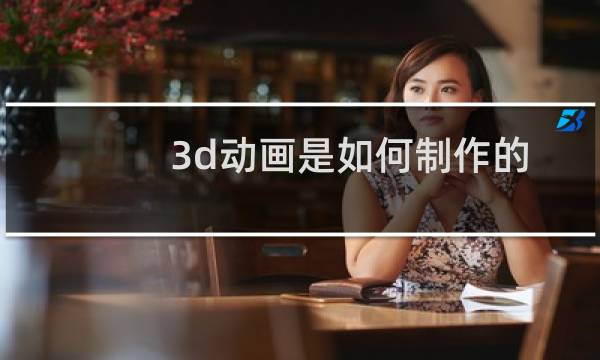3d动画是如何制作的

What is 3D Animation?
3D animation is the process of creating moving images in 3-dimensional digital space. It is widely used in many areas, such as films, video games, advertising, and education. 3D animation can bring characters and objects to life and create realistic and immersive visual experiences. In this article, we will explore the process of creating 3D animations.
Step 1: Concept and Storyboarding
The first step in creating a 3D animation is to develop a concept and storyboard. This involves creating a storyline, sketching characters and environments, and planning the camera angles and movements. Storyboarding helps to ensure that the final animation has a clear narrative and pacing.
Step 2: Modeling
The next step is to create 3D models of the characters, props, and environments. This is done using specialized software that enables artists to sculpt and shape the models in virtual space. The models are built with geometric shapes and are typically composed of vertices, edges, and faces. The level of detail depends on the requirements of the animation and can range from simple to highly complex.
Step 3: Texturing and Lighting
Once the models are created, they need to be textured and lit. Texturing involves applying color and texture maps to the models to make them look more realistic. Lighting is added to give the scene depth and mood. Different types of lights are used, such as spotlights, point lights, and ambient lights, to create different effects.
Step 4: Animation
After the models are textured and lit, it's time to bring them to life through animation. This involves creating and editing keyframes that define the movement and poses of the models over time. Artists use a variety of techniques to animate characters, such as inverse kinematics, motion capture, and manual keyframe animation. The goal is to make the movements look natural and expressive.
Step 5: Rendering and Compositing
The final step is to render the animation and composite it with other visual elements like special effects, sound, and music. Rendering is the process of converting the 3D models and animations into 2D images or videos. This can take a long time depending on the complexity of the animation. Compositing involves layering the different elements together to create the final output. This is done using compositing software that allows artists to adjust the colors, lighting, and effects to achieve the desired look and feel.
Overall, creating a 3D animation involves a lot of creativity, technical knowledge, and collaboration between artists and other professionals. With the right tools and skills, anyone can learn to make 3D animations that can entertain, educate, and inspire.

